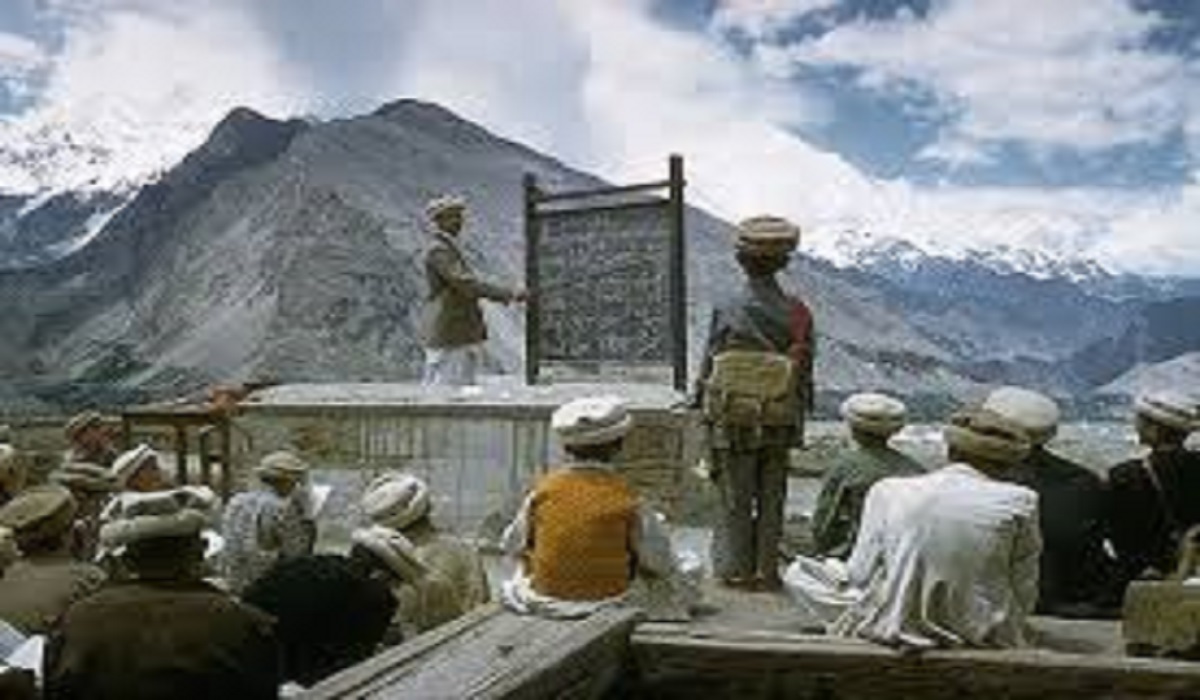History of Hunza
History of Hunza: Have you ever wondered about the stories hidden in the towering peaks of the Karakoram? The Hunza Valley, famous for its breathtaking beauty and the longevity of its people. Has a past as dramatic and captivating as its landscapes. For centuries, its history was woven into oral tales and local legends. Then came a monumental work that sought to write it all down. The historical account by Haji Qudratullah Beg.
This book isn’t just a list of dates and kings; it’s a grand saga of the Hunza State. From its mythical beginnings to its pivotal clash with the British Empire. Let’s embark on a journey through this foundational text and discover the epic history of Hunza.
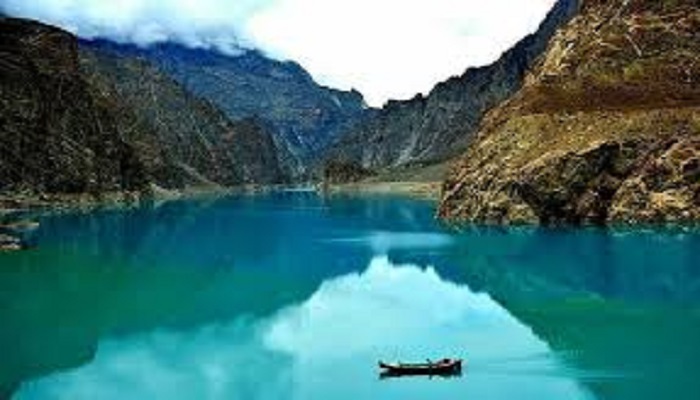
Setting the Stage: Why This Book is a Treasure
Before we dive into the stories, it’s crucial to understand why Haji Qudratullah Beg’s work is so special. For a region with a rich oral tradition, his book acts as a permanent record. A bridge between the spoken word and written history. He didn’t just copy from other books; he gathered minute details. Weaving together events, figures, and cultural practices that were at risk of being forgotten.
This meticulous research has made his book a primary reference. If you pick up any modern academic text about the history of the Karakoram regions, chances are. This book is cited in its bibliography. It’s the bedrock upon which much of our understanding of Hunza’s past is built.
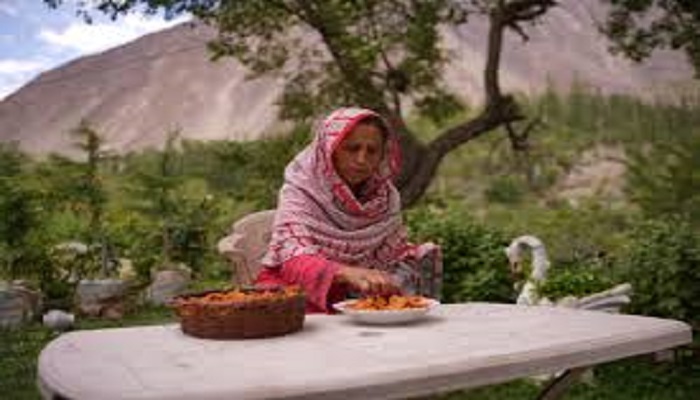
In the Beginning: Myths, Settlers, and a Legendary King
Every great civilization has an origin story, and Hunza’s is no exception. Beg’s narrative starts not with a dry historical fact, but with the exciting tales of the very first settlers. He introduces us to characters like Shaano, Safar, Mamoo, Fulolu, and Mughal Titam.
Think of them as the founding fathers. The pioneers who first tamed this rugged land and laid the groundwork for what was to come.
One of the most fascinating threads in this early tapestry is the mention of King Alexander Zulqarnain—none other than Alexander the Great. The book recounts the legend that this legendary conqueror passed through the region.
Leaving an indelible mark on its cultural and historical consciousness. This connection to a figure of world history places Hunza not as an isolated kingdom. But as a land touched by the currents of global empires.
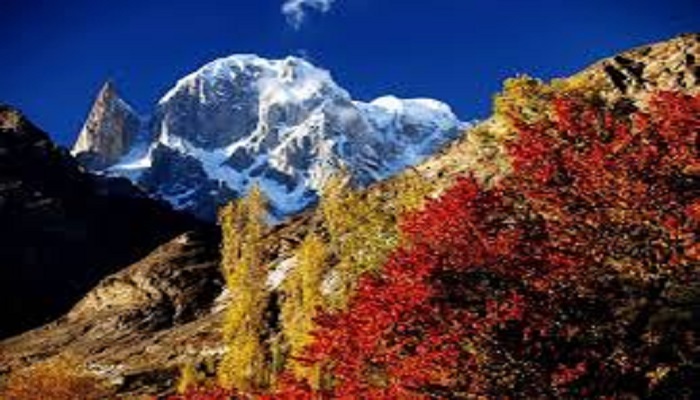
The Rise and Fall of Dynasties: Power, Betrayal, and Alliances
The heart of the book lies in its detailed account of the dynasties. That ruled Hunza, each with its own Shakespearean drama.
The Raeesay Dynasty: Building a Kingdom
This dynasty takes center stage in the early formation of the state. Through figures like Diram Harai, Saffar Harai Kuhrukutz, and Fulolokutuz-GanishKutuz, we see the messy, complex process of state-building. This wasn’t a peaceful, linear progression. The history is marked by:
- Power Struggles: Brothers against brothers, nobles vying for influence.
- Strategic Alliances: Marriages and pacts with neighboring regions to secure power.
- Constant Conflict: Especially with the neighboring state of Nagar, a rivalry that would define the region for centuries.
Through these stories, we learn that the throne of Hunza was never a comfortable seat.
The Azur Jamsheed Dynasty: A Reign of Blood and Tragedy
If the Raeesay dynasty was about building, the Azur Jamsheed (or Shamsher) dynasty was often about brutal consolidation. The book delves into this era with wonderful, if grim, detail. The coronation of Azur Jamshed is shadowed by a horrific act.

The murder of his own foster brother, Barcha. This act of fratricide set a dark tone for his rule, which ultimately ended in his own suicide. These stories aren’t just sensational tales; they reveal the intense pressures and high stakes of leadership in a harsh environment.
The Architects of Hunza: Rulers, Builders, and Invaders
Beyond the dynastic names, the book introduces us to rulers who left a tangible legacy.
- Sue Malik and Shah Malik: These figures are remembered not just for their rule. But for their development projects. The book highlights their contributions to the region’s infrastructure, particularly the construction of vital water channels and mosques. This shows a ruler’s dual role: as both a political leader. A provider for the community’s spiritual and physical sustenance.
- The Arrival of Kesar: History is often shaped by outsiders, and the arrival of Kesar from Baltistan/Ladakh is a key example. His rise to power illustrates the cultural and political connections Hunza had across the mountain ranges and how a charismatic figure could seize control.
- New Blood and New Names: The narrative continues with rulers like Girkiss (Sahib Khan) and Mughulot (Jamshed Khan). Signaling new chapters and possibly new external influences on the throne of Hunza.
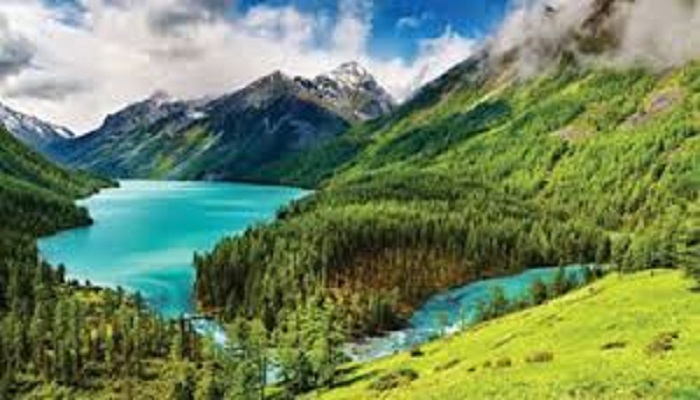
The Machinery of a Mountain Kingdom
Haji Qudratullah Beg goes beyond kings and battles to explain how the state of Hunza actually functioned. This is where we get a real sense of its sophisticated social and political structure.
- The Social Setup: Society was highly structured, with clear degrees and ranks. Everyone knew their place, from the Mir (the ruler) down to the common farmers.
- The Role of the Wazirs: The Wazirs (ministers) of Hunza were far more than just advisors. The book emphasizes their bravery in war, their intelligence in diplomacy, and their deep religious commitments. They were often the power behind the throne, the stable hand guiding the state through turbulent times.
- The Elchis: These were the ambassadors and messengers. Crucial for maintaining relations with powerful neighbors like China and other Central Asian states.
- The Lifeline of Water: The book precisely details the irrigation channels of different villages in upper, central, and lower Hunza. In a dry mountain environment, controlling water was as important as controlling land. These channels were feats of engineering and the very source of life for the settlements.

The World Comes Knocking: Diplomacy and War
Hunza was not an isolated hermit kingdom. It was a savvy player in the “Great Game,” the 19th-century rivalry between the British and Russian Empires for control of Central Asia.
- Friendship with the Chinese: The establishment of close ties with Chinese officials in Yarkand shows Hunza’s strategic diplomacy to its east.
- Spiritual Influences: The arrival of Syed Shah Hussain Ardabeel represents the influence of Sufi Islam in shaping the region’s religious and cultural identity.
- The Anglo-Brusho War: This was the climactic event that marked the end of Hunza’s complete independence. The book discusses this war with clarity, detailing how the British Empire’s expansion finally came into direct conflict with the proud warriors of Hunza. It was a defining moment that would change the region’s trajectory forever.
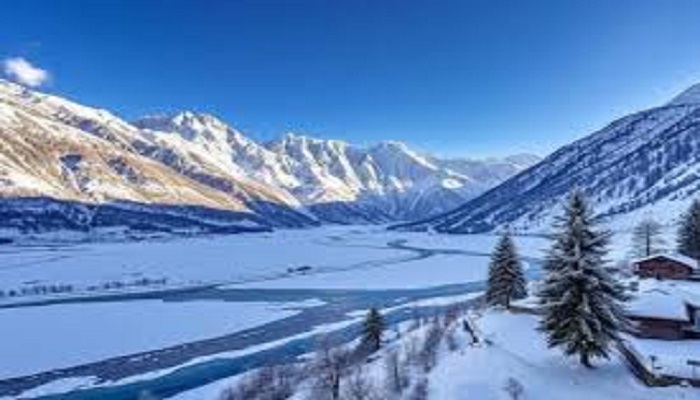
Conclusion: A Sea of Knowledge for the Curious Mind
In conclusion, Haji Qudratullah Beg’s work is more than a history book; it is a sea of knowledge. It offers a profound understanding of how the Hunza State was forged. Through the dreams of its first settlers, the ambitions of its kings. The wisdom of its ministers, and the labor of its people to carve a civilization out of the mountains.
It is an engaging, well-organized, and essential read. Whether you are a historian, a researcher, or simply someone fascinated by the rich cultural heritage of one of the world’s most mesmerizing regions, this book is your gateway. Thanks to Beg’s enormous research, the captivating and complex past of Hunza is preserved for all generations to come.

Summary
This blog post explores the key themes of Haji Qudratullah Beg’s historical narrative on the Hunza State. It begins by highlighting the book’s importance as a foundational reference text. The post then journeys through the history, starting with the mythical first settlers and the legendary visit of Alexander the Great.
It details the dramatic rises and falls of the Raeesay and Azur Jamsheed dynasties, marked by power struggles and betrayal. The narrative covers significant rulers like Sue Malik and Shah Malik, who developed the region’s infrastructure, and outsiders like Kesar who seized power.
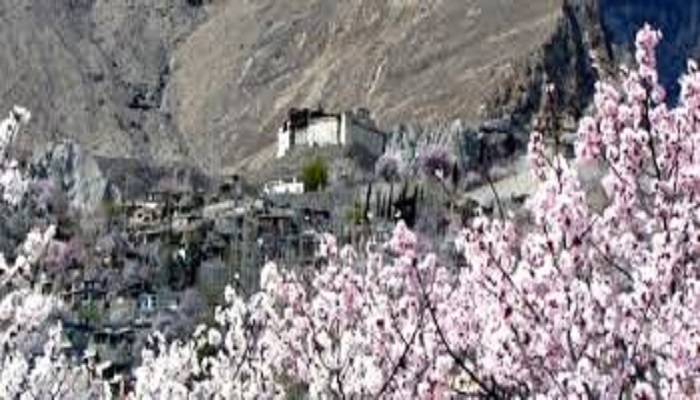
The post also explains the sophisticated social and governmental structure of Hunza. Including the critical roles of Wazirs and the management of water channels. Finally, it discusses Hunza’s interaction with the wider world through diplomacy with China and the pivotal Anglo-Brusho War. Concluding that the book is an essential resource for understanding the region’s profound and complex history.
Multiple Choice Questions (MCQs)
1. What is the primary reason Haji Qudratullah Beg’s book is considered a “treasure”?
a) It contains beautiful illustrations of the Hunza Valley.
b) It was the first book ever written in the Brusho language.
c) It acts as a permanent written record of a rich oral tradition and is a primary reference for modern historians.
d) It focuses exclusively on the architectural wonders of the region.
2. The blog post suggests that the stories of the Azur Jamsheed Dynasty are important because they:
a) Detail the peaceful and prosperous golden age of Hunza.
b) Reveal the intense pressures and high stakes of leadership. Often involving violence and tragedy.
c) Prove that all the rulers of Hunza were from foreign lands.
d) Are primarily focused on economic trade agreements.
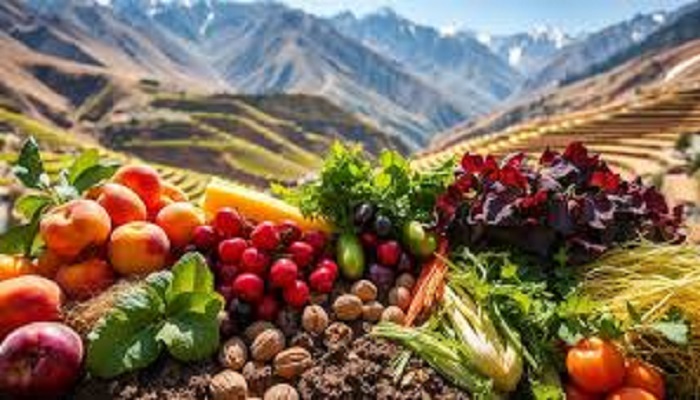
3. Which of the following is NOT listed as a key element of Hunza’s internal governance and society discussed in the book?
a) The sophisticated social ranks and degrees.
b) The bravery and intelligence of the Wazirs (ministers).
c) The blueprints for building the Karakoram Highway.
d) The critical importance of constructing and managing irrigation channels.
